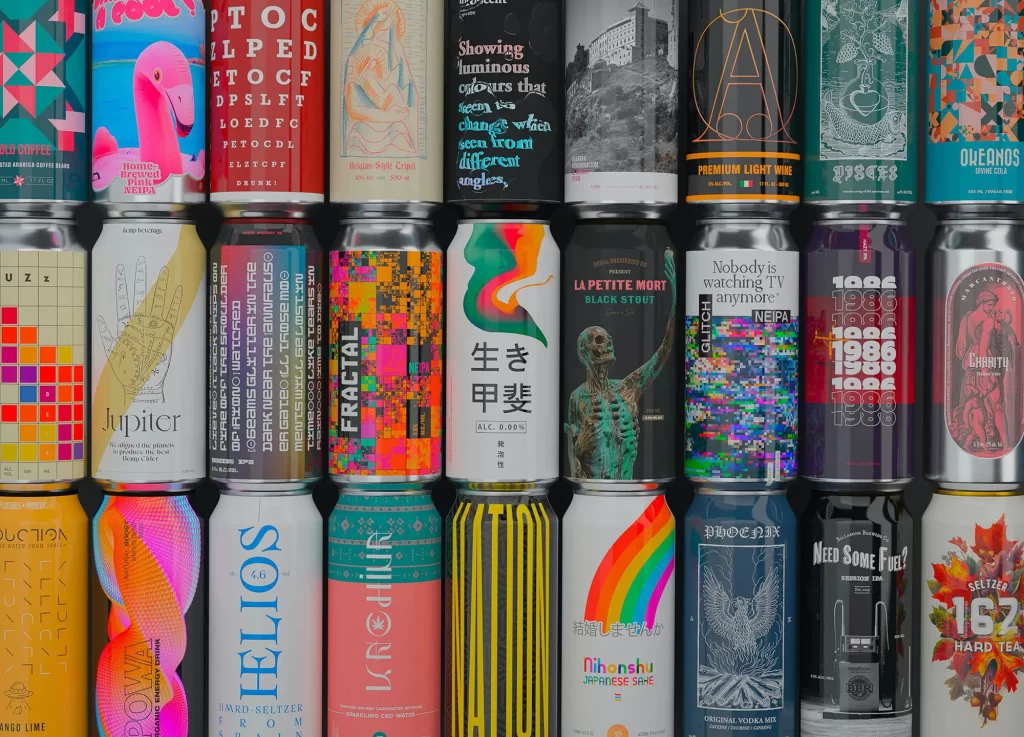The rise of artificial intelligence (AI) has brought about unprecedented changes in the way businesses operate. Among the most significant advancements is AI-driven automation, which leverages machine learning algorithms and data analytics to optimize processes, enhance productivity, and minimize human error. This article explores the latest trends and developments in AI-driven automation, its applications across various industries, and the solutions paving the way for a smarter future.
.
As companies increasingly adopt AI technologies, integrating automation has become essential for staying competitive in a rapidly changing business environment. According to a report by McKinsey, automation could contribute to global economic growth by as much as $13 trillion by 2030. Companies that integrate AI and automation into their operations can improve efficiency and reduce costs while focusing on more strategic initiatives.
.
**Understanding AI-Driven Automation**
AI-driven automation refers to using AI technologies, such as machine learning, natural language processing, and robotics, to automate tasks and processes that traditionally required human intervention. This form of automation goes beyond simple task management, as it involves continuous learning and intelligent decision-making. By analyzing historical data, AI systems can identify patterns and trends, allowing them to make informed decisions in real time.
.
One of the most significant advantages of AI-driven automation is its ability to enhance productivity. By automating repetitive tasks, companies can free up their workforce to focus on more complex and value-adding activities. This shift not only boosts employee morale but also improves overall organizational efficiency.
.
**Trends in AI-Driven Automation**
The landscape of AI-driven automation is continually evolving. Several trends have emerged that are shaping the future of this technology.
1. **Integration of AI and IoT**: The convergence of AI and the Internet of Things (IoT) allows for real-time data collection and analysis. IoT devices can gather vast amounts of data from various sources, which AI algorithms can then analyze to optimize operations and enhance decision-making.
2. **Hyperautomation**: This trend emphasizes the use of advanced technologies, including AI, to automate complex business processes entirely. Hyperautomation enables organizations to achieve greater efficiency and accuracy by integrating multiple automation tools within their workflows.
3. **RPA (Robotic Process Automation)**: RPA, another component of automation, focuses on automating rule-based tasks. While traditional RPA tools are effective in streamlining processes, the integration of AI capabilities transforms RPA from simple task execution to smart process automation.
.
**AI Business Intelligence: Data-Driven Decision Making**
AI-driven automation is closely related to AI Business Intelligence (BI), which is the process of using data analytics and AI technologies to support strategic decision-making within organizations. With the vast amount of data generated daily, businesses must use AI to transform this data into actionable insights.
.
AI in BI allows organizations to analyze historical data and forecast future trends, enabling more informed and timely decisions. By utilizing advanced analytics, businesses can identify new opportunities, uncover hidden patterns, and optimize their operations. For instance, companies can streamline supply chains, improve customer experiences, and enhance product quality through data-driven insights.
.
**Industry Applications of AI-Driven Automation**
AI-driven automation is making a significant impact across various industries. Here are some key sectors where this technology is gaining traction:
1. **Manufacturing**: In smart manufacturing, AI-driven automation is revolutionizing production processes. From predictive maintenance to quality control, AI technologies help manufacturers optimize their operations. For instance, AI algorithms can predict equipment failures, allowing companies to perform maintenance proactively and reduce downtime.
2. **Healthcare**: AI-driven automation is transforming patient care through improved diagnosis, treatment recommendations, and operational efficiency. For example, AI-driven chatbots can assist patients in scheduling appointments and answering common questions, allowing healthcare professionals to focus on critical tasks.
3. **Finance**: In the financial sector, AI algorithms can analyze vast amounts of data to detect fraudulent activities and streamline risk assessment processes. AI-driven automation enhances compliance and reporting, allowing organizations to manage their resources more effectively.
4. **Retail**: Retailers are increasingly utilizing AI-driven automation to personalize customer experiences and optimize inventory management. AI algorithms can analyze customer behavior to recommend products and streamline supply chains, ensuring that products are available when and where they are needed.
.
**Technical Insights: The Role of AI in Smart Manufacturing**
The integration of AI in smart manufacturing represents a significant technological breakthrough. By combining IoT devices, big data analytics, and AI-driven automation, manufacturers can create intelligent factories capable of self-optimization.
.
One of the critical components of AI in smart manufacturing is predictive analytics, which allows organizations to anticipate issues before they arise. AI algorithms can analyze real-time data from sensors and machines to detect anomalies, thereby minimizing production disruptions and reducing costs.
.
Furthermore, AI can enhance quality control processes by analyzing data from various stages of production. By identifying defects early in the manufacturing process, companies can reduce waste and improve product quality, ensuring that they meet customers’ expectations.
.
**Industry Use Case: AI-Driven Automation in Manufacturing**
One compelling use case for AI-driven automation can be seen in the automotive industry. A leading automobile manufacturer implemented AI-driven automation in its production line to address inefficiencies and improve quality control.
.
By integrating AI algorithms with its existing machinery, the company was able to analyze real-time data collected from sensors on its production line. This data provided insights into machinery performance, allowing the manufacturer to predict when maintenance would be required. As a result, the company reduced downtime by 20% and enhanced overall productivity.
.
Moreover, the integration of AI-driven automation allowed for streamlined quality control processes. By utilizing computer vision technology, the manufacturer could inspect vehicles at various stages of production, identifying defects in real time. This proactive approach reduced the number of defective products reaching customers, ultimately enhancing brand reputation and customer satisfaction.
.
**The Future of AI-Driven Automation**
As AI technologies continue to evolve, the future of AI-driven automation looks promising. Organizations that embrace this trend will be better positioned to adapt to changing market dynamics and customer needs. However, companies must also prioritize ethical considerations and ensure that their AI initiatives are transparent and inclusive.
.
In conclusion, AI-driven automation is transforming industries by enhancing efficiency, reducing costs, and driving innovation. As businesses increasingly adopt AI and automation technologies, those who harness these tools to their advantage will thrive in a data-driven world. While challenges remain, the opportunities presented by AI-driven automation are limitless, and organizations must be ready to embrace this future.
.
**Sources**
– McKinsey & Company. (2020). “The Future of Work After COVID-19.”
– Gartner. (2021). “Gartner Says Nearly 70% of Organizations Will Adopt Robotic Process Automation in the Next Three Years.”
– Deloitte Insights. (2021). “AI and the Future of Work in America.”
– PwC. (2021). “The Economic Impact of Artificial Intelligence on the U.S. Economy.”
—
This article aimed to provide a comprehensive overview of AI-driven automation, offering insights into its capabilities, trends, applications, and future implications, informed by current research and industry practices.





















